The Many Faces of Muslim Cultures: Understanding Diversity Through Shahab Ahmed’s Lens
Islam, as one of the world’s most influential religions, is often understood as a unified system of belief rooted in the Qur'an, the Hadith, and the practices of the Prophet Muhammad. However, Shahab Ahmed, in his seminal work What Is Islam?, challenges this oversimplified view by exploring the vibrant, diverse, and at times, contradictory expressions of Islam across cultures and centuries. His nuanced analysis invites us to look beyond the reductive labels of "orthodox" or "deviant" Islam, encouraging a richer understanding of how Muslim culture operates as a discursive tradition.
Ahmed’s work emphasises the complex interplay between universal Islamic principles and local cultures, shedding light on how Islam is not just one thing but many. This essay explores the various forms of local Islam, the factors shaping their development, and their significance in the broader discourse of the Islamic tradition.
Local Islams
One of Shahab Ahmed's key contributions is his concept of Islam as a tradition that evolves through interaction between foundational texts and contextual factors. This dynamism has given rise to distinct forms of Islam in different regions.
Southeast Asia: Syncretic Javanese Islam
Indonesia, the largest Muslim-majority country in the world, offers a prime example of how Islam blends with local traditions. Javanese Islam, for instance, incorporates pre-Islamic Hindu-Buddhist practices, resulting in rituals like the slametan (communal feasts for blessings) and the veneration of ancestral spirits. Shadow puppet performances, or wayang kulit, use Islamic stories from the Qur'an but adapt them to local aesthetics.
This form of Islam demonstrates how foundational Islamic principles coexist with local spiritual and cultural frameworks, creating a vibrant and uniquely Indonesian expression of faith. While criticised by some as “un-Islamic,” such practices are a testament to the adaptability of Islam as a discursive tradition, negotiating between text and lived reality.
South Asia: Sufi Mysticism and Shrines
In South Asia, Islam has flourished in ways that highlight its mystical dimensions. The Sufi tradition has been central to Islam’s spread in the region, blending Islamic teachings with local cultural practices. Sufi shrines, such as those of Khwaja Moinuddin Chishti in Ajmer, India, are places of pilgrimage and devotion. Rituals at these shrines, such as offering flowers, lighting lamps, and listening to qawwali music, demonstrate how Islamic spirituality intersects with indigenous traditions.
Sufi orders, like the Chishti and Naqshbandi, emphasise love, divine unity, and spiritual transformation, making Islam accessible to diverse communities. These practices, while diverging from strict legalistic interpretations, remain firmly rooted in the Islamic tradition and its discursive debates about the nature of faith and practice.
West Africa: Sufi Orders and Para-Islamic Practices
In West Africa, Islam merged with indigenous African traditions to create unique religious expressions. Amulets inscribed with Qur'anic verses are widely used for protection, reflecting a syncretic blending of Islamic and local spiritual beliefs. Sufi orders like the Tijaniyya and Qadiriyya dominate the region, engaging in communal rituals of dhikr (remembrance of God) accompanied by drumming and dancing.
These practices highlight how Islam interacts with local cosmologies, emphasising the flexibility of the tradition to accommodate cultural diversity. Yet, they also spark debates about orthodoxy, as some purists criticise such practices as “superstitious” or “un-Islamic.”
The Balkans-to-Bengal Complex
Shahab Ahmed coins the term “Balkans-to-Bengal complex” to describe a vast region stretching from Eastern Europe to South Asia, where Islam developed as a rich, interconnected tradition. This region is characterised by its embrace of philosophy, mysticism, art, and law, reflecting Islam’s ability to synthesise diverse intellectual and cultural currents.
Persian poetry, like that of Hafez and Rumi, became central to this tradition, using symbols like wine and love to express mystical truths. These ideas influenced Islamic thought across regions, connecting cultures while allowing for local adaptations.
Islam as a Discursive Tradition
Talal Asad’s concept of discursive tradition provides a framework for understanding these diverse expressions of Islam. According to Asad, Islamic tradition evolves through ongoing debates and interpretations of foundational texts in response to changing historical, social, and cultural contexts.
Shahab Ahmed builds on this idea, arguing that Islam is not simply what Muslims believe or practice but is fundamentally shaped by the tension between textual principles and lived realities. This tension is evident in debates about what constitutes “true Islam,” where different communities negotiate their understanding of orthodoxy and authenticity.
For example, while Wahhabism rejects syncretic practices as innovations (bid‘ah), other Islamic traditions embrace them as meaningful expressions of faith. This ongoing negotiation reflects the discursive nature of Islam, where power dynamics, cultural diversity, and textual engagement shape its evolution.
Several factors contribute to the diversity of local Islams. The spread of Islam through trade, conquest, and migration brought it into contact with different cultures, which significantly influenced its expression. Local environmental conditions also play a role in shaping rituals and practices; for example, in arid regions, the use of water in rituals is common, while agricultural societies may develop festivals tied to the cycles of planting and harvest. Additionally, Islam has often incorporated pre-Islamic traditions, such as Hindu-Buddhist practices in Southeast Asia or animist beliefs in Africa, highlighting how the religion negotiates with existing cultural frameworks. Finally, debates about orthodoxy and heresy often reflect underlying power dynamics, where religious and political authorities define what is considered legitimate Islam, further shaping the diversity of its practices and interpretations.
Shahab Ahmed’s What Is Islam? and Talal Asad’s notion of discursive tradition reveals the richness and complexity of Islam as a global tradition. Far from being a monolithic system, Islam is a tapestry of diverse expressions shaped by text, context, and discourse. Whether it is the mystical practices of Sufism, the syncretic rituals of Javanese Islam, or the philosophical explorations of the Balkans-to-Bengal complex, each form of local Islam reflects the religion’s remarkable adaptability and relevance.
Understanding these diverse Islams requires us to move beyond simplistic binaries of “orthodox” and “deviant” and embrace the richness of a tradition that continues to evolve and inspire. This diversity is not a weakness but a testament to Islam’s enduring strength as a living, dynamic tradition.
About the author:
Aadi Muhammad, an anthropology student at Indira Gandhi National Open University, is passionate about academics and exploring human cultures.
References:-
Ahmed, Shahab. What Is Islam? The Importance of Being Islamic. Princeton University Press, 2015.
Asad, Talal. The Idea of an Anthropology of Islam. Occasional Papers Series, Center for Contemporary Arab Studies, Georgetown University, 1986.
Anjum, Ovamir. "Islam as a Discursive Tradition: Talal Asad and His Interlocutors." Comparative Studies of South Asia, Africa, and the Middle East, vol. 27, no. 3, 2007, pp. 656–672.
Ali, Mohamed A. "Islam and the Call for Scholastic Innovation." Maydan, March 5, 2018. https://themaydan.com/2018/03/islam-call-scholastic-innovation/.
Disclaimer
The views expressed in this article are the author’s own and do not necessarily mirror Islamonweb’s editorial stance.

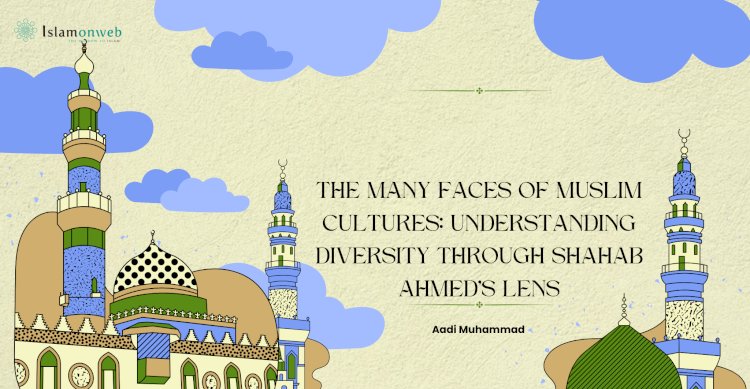






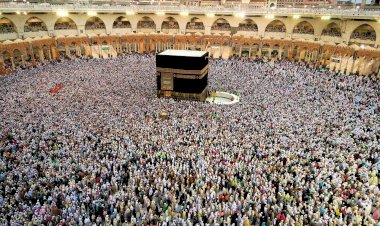
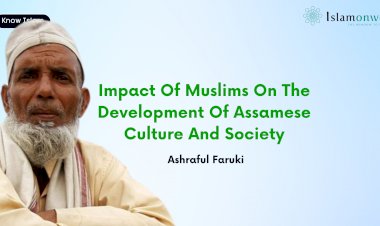










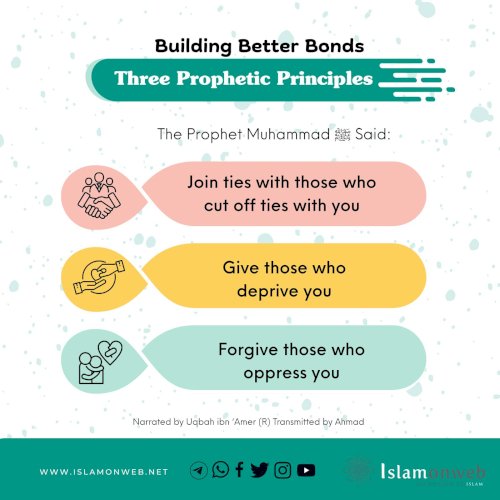
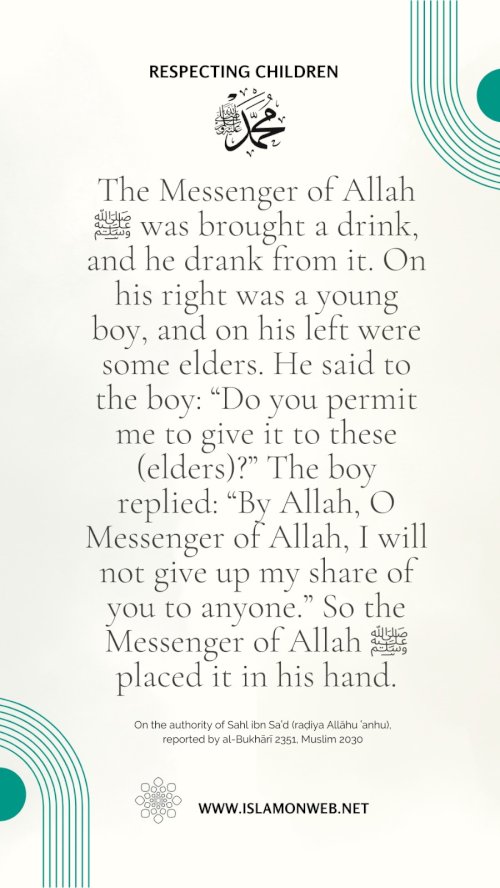
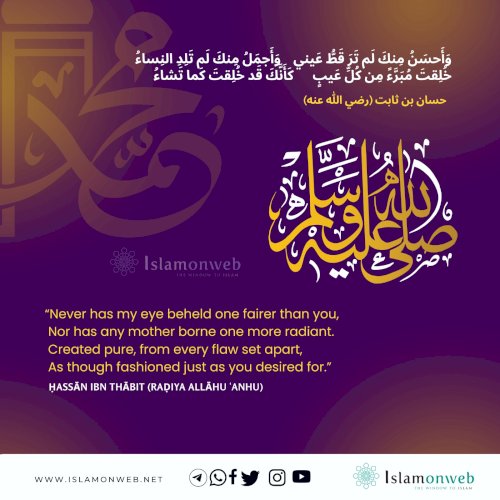

Leave A Comment